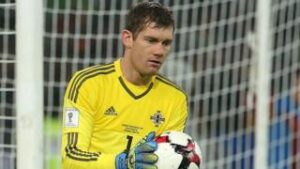‘Errors’ doomed first Dome sale
‘Errors’ doomed first Dome sale
The initial attempt to sell the Millennium Dome failed due to a catalogue of errors, a report by the government’s finance watchdog says. The report said too many parties were involved in decision-making when the attraction first went on sale after the Millennium exhibition ended. The National Audit Office said the Dome cost taxpayers £28.7m to maintain and sell in the four years after it closed. Finally, a deal to turn it into a sport and entertainment venue was struck. More than £550m could now be returned to the public sector in the wake of the deal to regenerate the site in Greenwich, London. The NAO report said that this sale went through because it avoided many of the problems of the previous attempt to sell the Dome. Deputy Prime Minister John Prescott said a good deal had been secured. “Delivery of the many benefits secured through this deal will continue the substantial progress already made at the Millennium Village and elsewhere on the peninsula,” he said. But Edward Leigh, who is chairman of the Commons public accounts committee, warned the government would have to work hard to ensure taxpayers would get full benefit from the Dome deal. He said: “This report also shows that the first attempt to sell the Dome proved a complete fiasco. Every arm of government seems to have had a finger in the pie. The process was confused and muddled.” He added: “Four years after the Millennium Exhibition closed, the Government finally has a deal to find a use for what has been a white elephant since it closed in a deal that, incredible as it may seem, should bring in some money and provide a benefit for the local area and the country as whole. However, it was more a question of luck that a strong bid turned up after thefirst abortive attempt.” NAO head Sir John Bourn said: “In difficult circumstances following the failure of the first competition, English Partnerships and the office of the deputy prime minister have worked hard to get a deal.”








